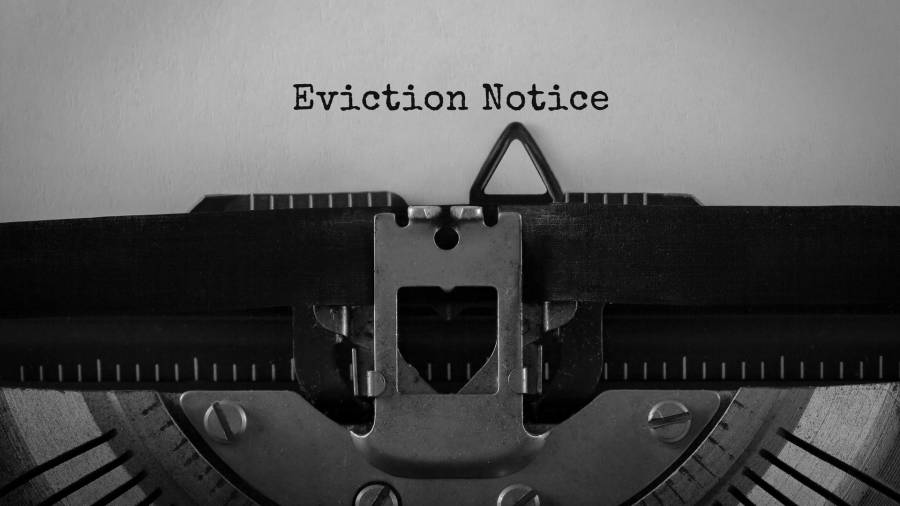How to comply with the Rent Standard
Failure to set rents correctly can
have dire consequences

FINANCE
Image: iStock

Helen Routledge
Senior associate, Campbell Tickell
Rent setting is the cornerstone of a registered housing provider’s relationship with its tenants. One of the benefits of social housing is affordable rents, and not setting rents in line with the requirements is a serious matter for tenants.
Rent is also the main source of income to the sector, so not getting this right can impact on the viability of the organisation. Overcharging rents can damage the reputation of individual providers and the sector as a whole. It can also, last but not least, result in regulatory intervention. So how to ensure you get it right?
Iterative process
Rent setting is an iterative process that needs to be right when the property is initially let, at each rent increase and at each re-let. Failure to set rents correctly is a compounding error and the total mischarged can soon mount up, resulting in headline-grabbing refunds.
Problems with rent setting were mentioned as a reason in just 3% of governance downgrades in the last five years. However, downgrades would appear to be just the tip of the iceberg, with the Regulator of Social Housing writing to 18% of large registered providers over rent issues in 2019/20.
In checking compliance with the Rent Standard, the regulator analyses the rent information in the Statistical Data Return, discovering problems that providers should perhaps have spotted themselves.
New Rent Standard
Following the rent reductions under the Welfare Reform and Works Act 2016, there is a new Rent Standard, effective from 1 April 2020. In March 2020, just before lockdown, the Regulator published an addendum to the Sector Risk Profile 2019 which highlighted a range of circumstances that make non-compliance with the rent requirements more likely to happen. It makes for sobering reading.
There used to be just social rents. Then there were affordable rents. Now there are London living rents, London affordable rents, keyworker and other bespoke rental products. The range is growing.
Just because a scheme has not had grant does not mean the Rent Standard does not apply. Given the complexities of product diversification and layers of changes to rent and tenancy legislation, perhaps it is not surprising that understanding, implementing and reporting of rents prove to be so challenging for the sector.
In the interests of brevity, we are not venturing into the connected and vexed issue of service charges here, leaving that for another day.
So, in checking your compliance with the Rent Standard, here are some key questions to ask yourself:
1. Does the board have clear oversight of the rent setting process? Is rent setting on the risk map, what are the controls, and how are they operating? How does the board get assurance that your rents comply with the Rent Standard?
2. Have you mapped every property to the rent rules? Has the organisation reviewed the arrangements for agency-managed houses and how the Rent Standard applies? Each property should be mapped to the rent rules so that there is clarity on setting the rents, increases and re-let rents.
3. Have you documented the reasons why properties are exempt from the Rent Standard? For example, in order to be specialist supported housing and outside the scope of the Rent Standard, the unit now needs to meet five main conditions. This has changed – under the 2015 guidance there were only three criteria.
4. Do you keep up to date with the latest government policy and has it been implemented correctly? Do staff have the requisite skills and knowledge to implement the policy? Does more than one person understand it?
5. Is there a clear lead on rent setting, someone who is answerable to the board on efficacy and compliance? Are there approved up-to-date policies and procedures? Rent setting can involve at least two departments and it can sometimes fall into the gap between the finance and housing management teams.
6. What checks are there on applying the rent increase? If you use the three lines of defence, when did you last review controls? When did internal audit or an independent consultant last review the rent setting processes or the rents themselves?
7. How accurate is your underlying data on rents, tenancy, property type, size and historic valuations? The accuracy of rents can only be as good as the underlying data.
8. Are formula rents accurately calculated and recorded? Following the rent reduction years, formula rents will once again become the foundation for setting social rents, so they must be accurate.
9. When did the board last consider the flexibilities within the Rent Standard? Or does your organisation automatically apply the maximum flexibility? For example, rents can be set at up to 5% above formula rents (10% for supported housing). However, providers should ensure there is a clear rationale for doing so, taking into account local circumstances and affordability.
10. Is all your data on rents consistent over time? Can you explain differences in average rents between different regulatory returns and changes from last year?
These questions all need to be addressed in assessing your compliance with the Rent Standard, providing assurance to the board, and before you push the ‘send’ button on your SDR submission in October.


